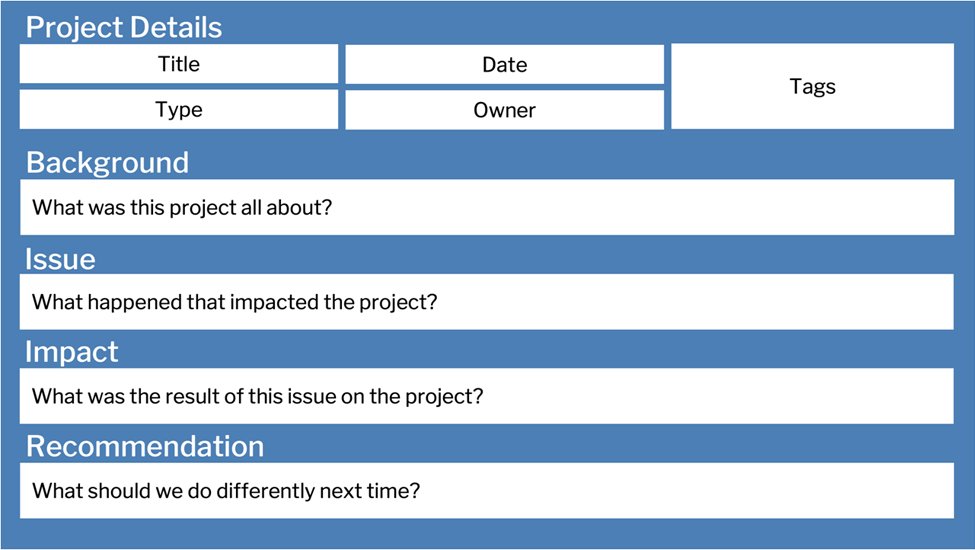
Reporting Pyramid
Determine the nature of the reporting that is required for your different stakeholders relating to a marketing initiative.

What data do we need to include in our marketing dashboard?
Knaflic, C. “Storytelling with Data: A Data Visualization Guide for Business Professionals”, Wiley, 2015

Determine the nature of the reporting that is required for your different stakeholders relating to a marketing initiative.

Capture and share actionable learnings from all of your previous marketing initiatives.
This is a project from Kickframe – a digital marketing strategy consulting and training company.